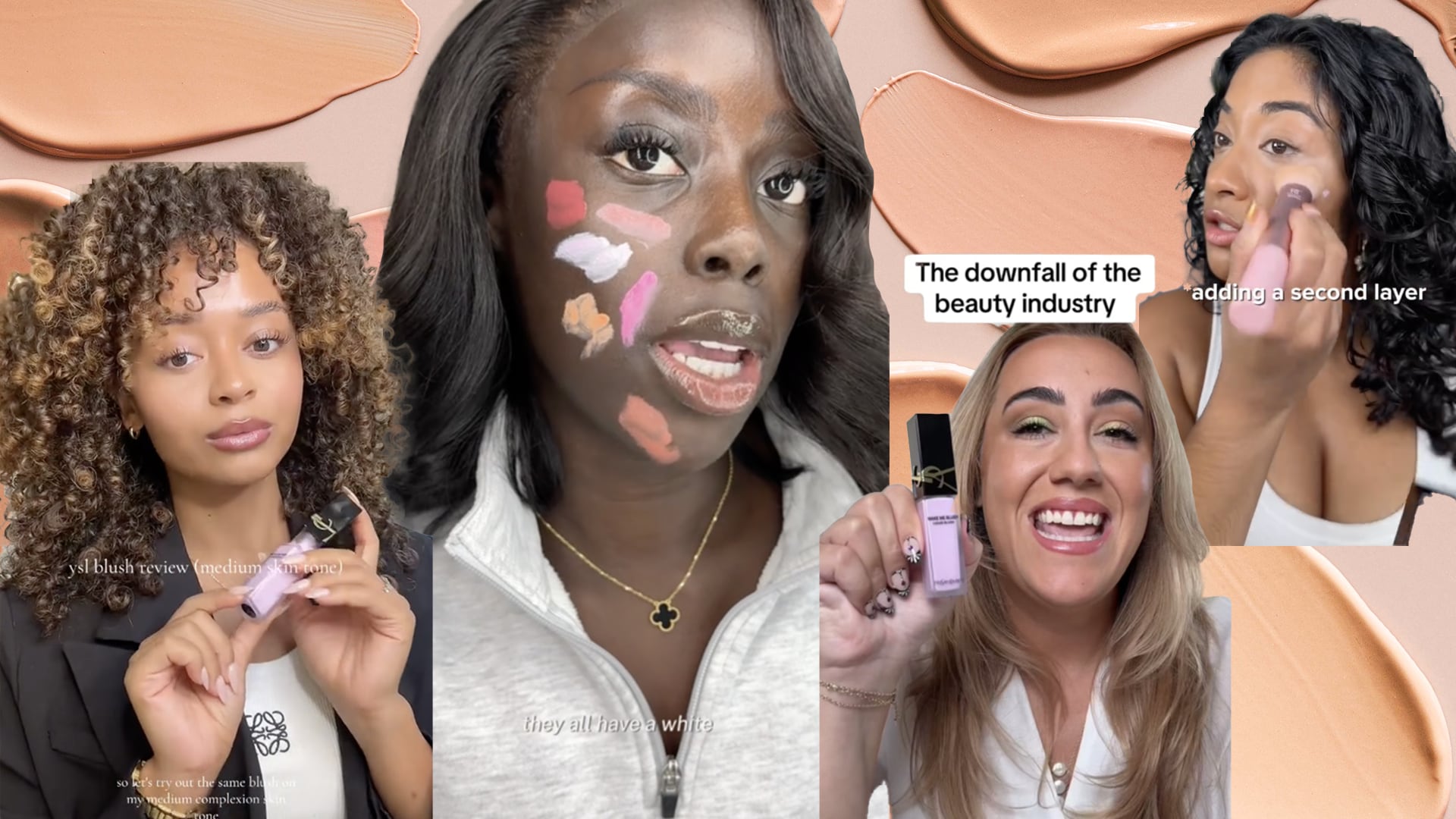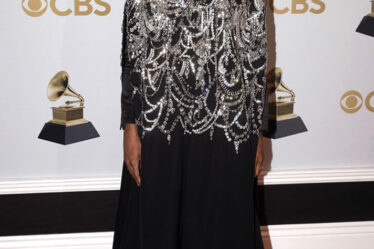
Going viral may be a marketer’s dream — but only if it comes for the right reasons.
Several beauty brands have learned that lesson first hand over the past year, finding themselves in very public hot water after a backfired product launch. The most common — and malignant — cases involve complexion products, with cosmetics brands attracting ire for their lack of inclusivity in their foundation shade ranges. Indie brand Youthforia’s late 2023 launch of its “Date Night” foundation was initially criticised for its lack of options for darker skin; when it debuted a shade extension later in 2024, it included a hue so dark, it appeared to be completely black. It was so poorly received that retailers including Credo, Thirteen Lune and Revolve dropped the brand altogether. (At the time, the brand told The Business of Beauty in a statement that it had hosted a “listening session” with diversity platform Black Beauty Roster, and was learning how to “implement action towards inclusivity.”) The brand has since hired Oby Jemedafe, an alumnus of pioneering Black-owned brand Uoma Beauty as a new product developer.
Potential controversy isn’t limited to complexion products: premium makeup brand Huda Beauty saw backlash after a mislabelling issue, as did an unusually-tinted blusher from YSL Beauté.
In today’s landscape, where it takes just one video for a product to go viral, incidents that otherwise would have been considered a gaffe can quickly become politically charged. A bungled rollout can have long-lasting consequences: it depreciates a new product’s value just as it’s hitting the market, and if the damage isn’t contained, it could undermine the overall brand — potentially for good.
“[Beauty] companies have seen success in a strategic framework that has existed for decades,” said Alexis Androulakis, a makeup artist, product developer and one half of the beauty education duo The Lipstick Lesbians. “It’s really hard to take them out of that.”
Brands can foresee these issues coming with careful analysis of their own blind spots, and contain the damage by taking steps towards accountability, increasing their offerings, and ensuring they don’t operate in an echo chamber.
Why It Happens
Consumers have high standards when it comes to inclusivity, particularly after pioneering brands like Fenty Beauty and Uoma Beauty (which carry 50 and 60 foundation shades, respectively) made offering a more broad, inclusive selection the norm. Plus, ongoing racial justice movements frequently call out consumer brands they feel aren’t measuring up.
But it’s far easier to preach inclusivity than to practice it. Androulakis noted that many beauty companies are headquartered in countries with less racial diversity than the markets they sell in.
“Not only do they not understand it, they don’t care for it, because they don’t see it as a need,” she said.
Sometimes, the misstep happens when a product gets lost in translation. YSL Beauté’s September launch of the Make Me Blush Liquid Blush, for example, included six shades including a soft lavender, a popular blush colour in east Asian countries, according to Androulakis, who made two TikTok videos about the launch. “When I saw it, I thought, oh, they’re targeting the Asian market,” she said.
But on TikTok, darker-skinned creators were quick to point out how ineffective the shade was on their skin, either disappearing altogether or giving a chalky finish. Because YSL had described the range as “resonat[ing] with every skin tone” and included darker skinned models in promotional materials, it felt disingenuous to consumers, Androulaikis said, who weren’t able to create the same results at home. (In a statement to The Business of Beauty, YSL said consumer feedback was “key” during launch phases of new products, and that they were “actively listening to the needs and feedback” of their customers.)
Androulakis said it’s not uncommon for brands to make these kinds of geographic mistakes. Retailers may request certain types of products or shades, while product development teams may be so focused on other more granular elements of the formula such as long-wear claims, the shade range is almost an afterthought.
How to Fix It
When brands do find themselves in the midst of a botched launch, the most direct solution is to fix the product — and fast.
Indie brands are especially good at this, because they’re more agile and deal with less red tape. In August, the creator Golloria George posted a TikTok video expressing her disappointment that the new Pocket Blush launch from Rhode Beauty didn’t offer a visible, flattering shade for her skin. Hailey Bieber, the model and brand founder, personally reached out to her and consulted with her on a shade extension, which George praised in a subsequent video. A similar video talking about premium brand One/Size’s Turn Up The Base foundation also garnered quick action from the brand with more shades — in the follow-up video, George swatched the foundation and said “this is what redemption looks like.”
Brands also shouldn’t be afraid to own up to their mistakes. After premium cosmetics brand Huda Beauty, accidentally sent out mislabelled versions of its new Easy Blur foundation to influencers in August, with one dark shade, Ganache, being labelled as the next darkest shade, Lava Cake. After the influencers received products that didn’t match their skin tone, founder Huda Kattan posted a video on TikTok to apologise.
Kattan said she “didn’t think to review [the labels] again … That’s my mistake. Even if I had double checked, I should have quadruple checked.” Kattan added that it could have happened with any shade, but that it was especially unfortunate that it happened with a darker shade, and offered affected customers the right product for free.
The mea culpa worked: commenters praised her openness, speed of response and overall, her accountability. “The transparency and commitment to your customers is so refreshing,” read one.
For bigger brands, it can be difficult to course correct. Releasing a new product or even a new colour of an existing one could take up to a year once the complexities and costs of raw materials, testing and marketing is factored in. They also don’t typically have a “face,” like a founder, who can personally connect with shoppers.
That’s where the negative feedback can actually become positive, said Kapono Chung, a partner at branding agency Combo. He sees it as a benefit to companies that they can get so much feedback about their products so quickly, good or bad, adding that before social media, feedback would be costly and time-consuming to collate.
“[They] have the ability to hear what their audience is saying, and they have the money to fix it. They’re just allocating the money in the wrong ways,” he said. Larger, better-resourced companies should use these moments as a point to reflect on their own internal diversity, all the way up from product development to marketing, and bring in consultants where needed. Androulaikis said influencers can be part of this, too — many that post negative reviews are open to collaborating with brands to improve their offerings.
Brands just have to figure out where their blind spots are.
“Ask who’s actually at your table, and who’s actually making the decisions?” said Chung.
Sign up to The Business of Beauty newsletter, your must-read source for the day’s most important beauty and wellness news and analysis.



